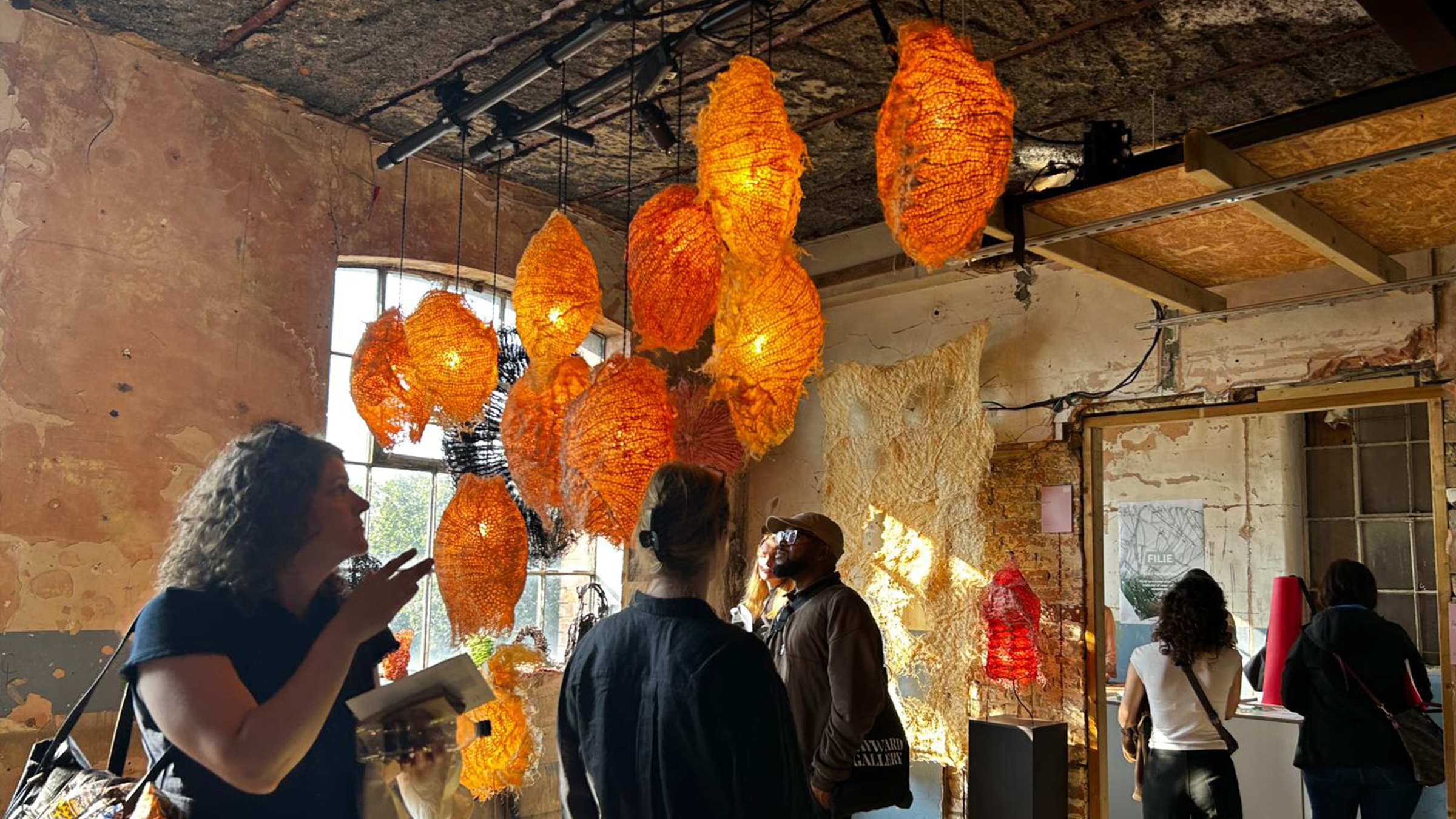Our trip to the London Design Festival
Since 2003 the London Design Festival has seen hundreds of exhibitions go on display across the capital. Last week we took a trip for a day of observing the latest trends and innovations within our industry. Our first stop was the V&A Museum, home to a wide range of temporary exhibitions for the occasion. We explored the expert craftmanship on display at the Craft x Tech: Tohoku Project 2024, which showcased a bridge between traditional Japanese craft and modern design technology. Each unique piece of artwork on display provided a fresh expression of both the history and future potential of these materials and techniques.
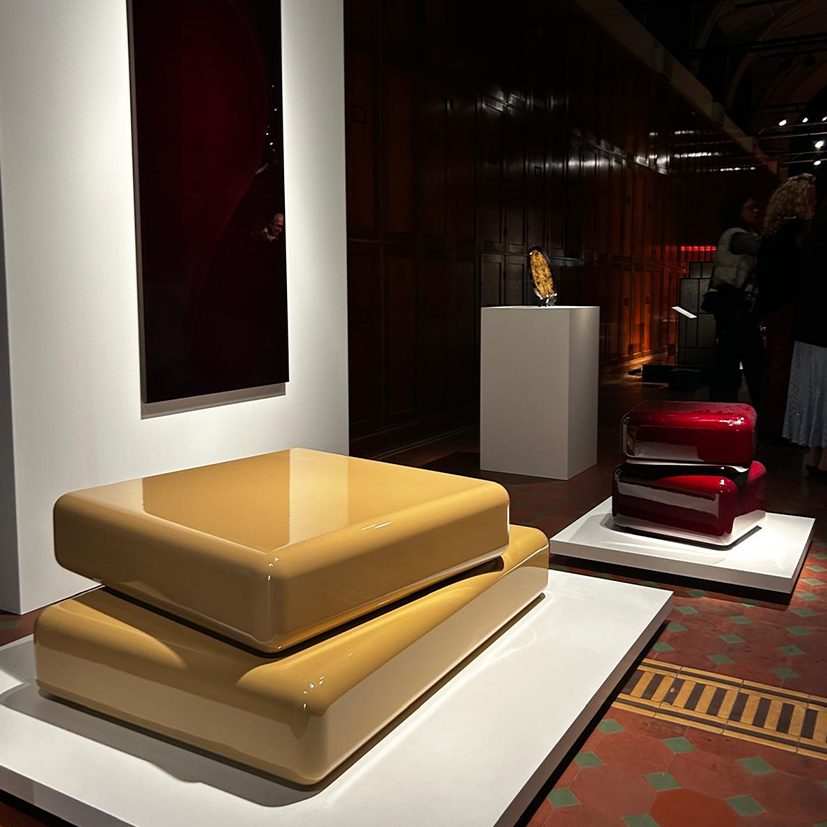
Next we visited the highly regarded Barricade and Beacon exhibition which examines the intersection between architecture and activism. It centered around two structures: the Barricade, made from U-Build units, and Beacon, a large tower fabricated from bamboo and based on designs by Extinction Rebellion.
Both were innovative, flexible designs and impressive in their ability to be conveniently maneuvered and assembled at places of protest to provide a visible, safe and effective means of peaceful activism. There was accompanying reading material and a short documentary on the use of the structures, which posed the question of the role that architects, designers and citizens can play in lobbying for change.

We also visited the Memories in Motion project, which emphasised the common SIM card as a representation of personal identity for those who have faced displacement. The display consisted of hundreds of unique SIM-scale glass prints of screenshots, made and worn by people with experience of displacement in workshops across seven countries.
We finished our morning at the V&A by exploring some of the extensive range of exhibitions on regular display - The museum truly is a treasure-trove for anyone interested in design! The temporary Naomi Campbell showcase provided a very engaging exploration of the fashion icon’s career and legacy in an excellent display of exhibition design.
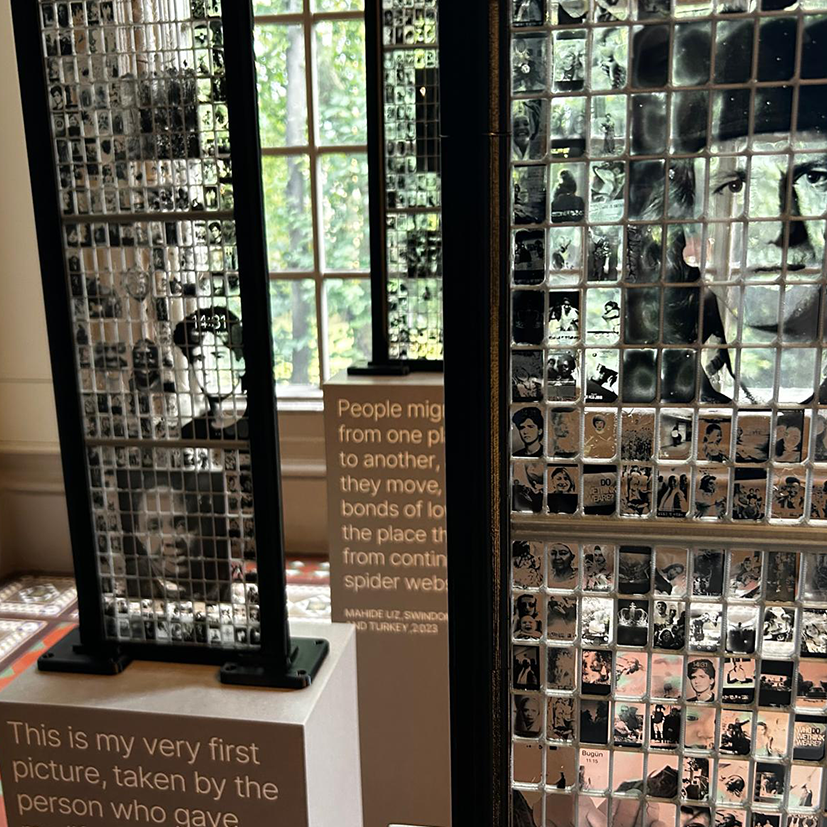
In the afternoon we ventured south across London Bridge to the Oxo Tower which was home once again this year to the impressively comprehensive Material Matters display.
Material Matters brings together over 50 world-leading brands, designers, makers, manufacturers and organisations to celebrate the importance of materials and their ability to shape our lives. Each floor of the Tower was jam-packed with different exhibitions, with many of the those who worked on the projects also present to explain their processes to visitors.
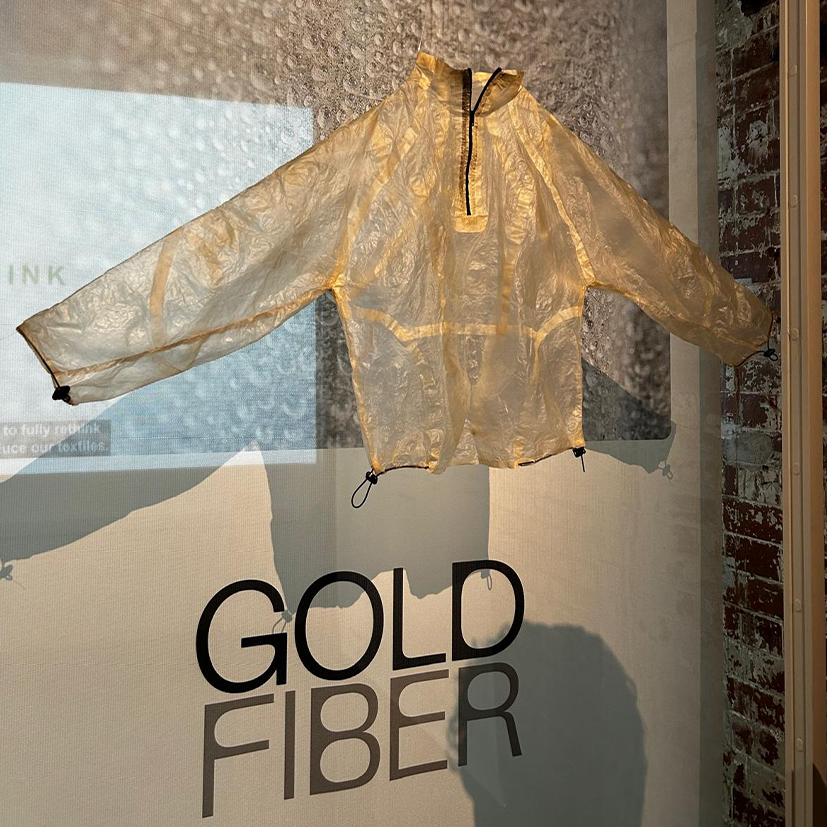
One of the standouts for us was the Fiber Futures exhibition space, run by BIOTEXFUTURE. The project is funded by the German Federal Ministry of Education and Research with the goal of transforming the textile value chain from petroleum-based to bio-based textiles. The innovative alternative technologies on display included AlgaeTex, which utilised algae cultivation specifically for shoe uppers; as well as ‘Gold’, which used a lab-grown polymer to create a material for synthesized waterproof materials inspired by the gold-beater’s skin, the outermost tissue layer of the cow gut.
Another interesting feature was the Re:Block project, which transforms industrial waste into eco-friendly, high-performance design materials using innovative processes to capture and sequester CO2. The resulting materials can be used by the likes of luxury brands, design firms and artists in a wide range of formats including interiors, furniture and sculptures. Impressively, the project claims to be able to reduce CO2 emissions in its material by 90% before it’s repackaged.
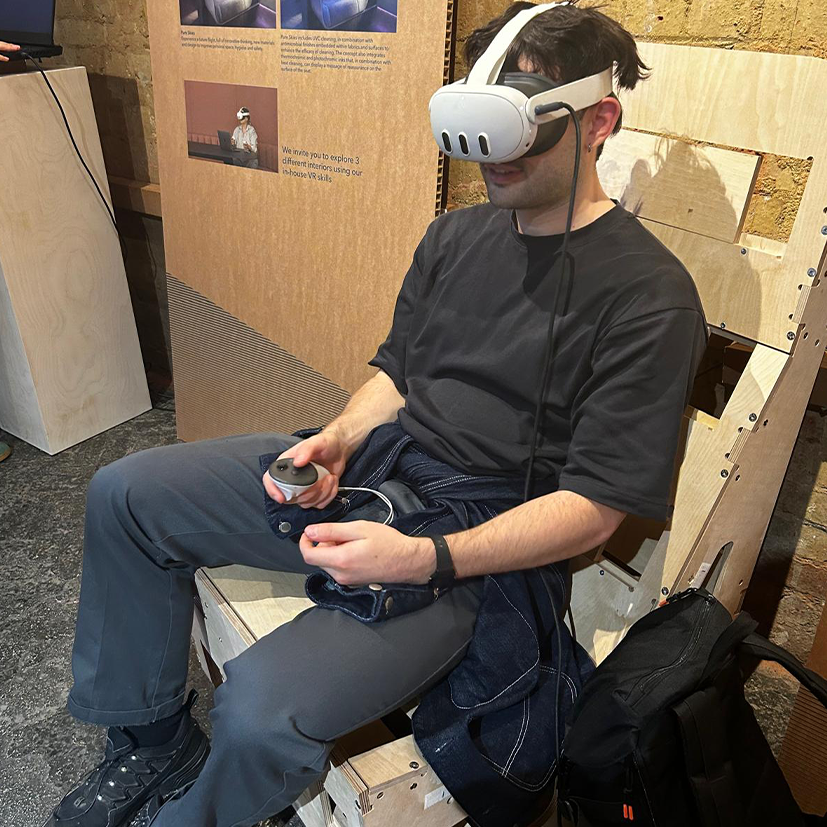
There were many more displays of alternative and sustainable fabrics for interiors and clothing at Material Matters. The Rootfull technology, founded by acclaimed underwater photographer Zena Holloway, stood out in its aim to grow textile organically from the root of wheatgrass seeds. Its initial goal is to explore which of the many different species of grass and their respective root characteristics can be best used for specific projects. Given the capability for it to be bio-degradable, pollution-free, water-efficient and carbon negative, its potential is huge.
We finished the day feeling worn out but excited and inspired by the wide variety of projects we saw. To observe such pioneering efforts being made to create positive impact for the environment was particularly heartening and gave us plenty to ponder on our return home to Cardiff. Catch you next time LDF!

